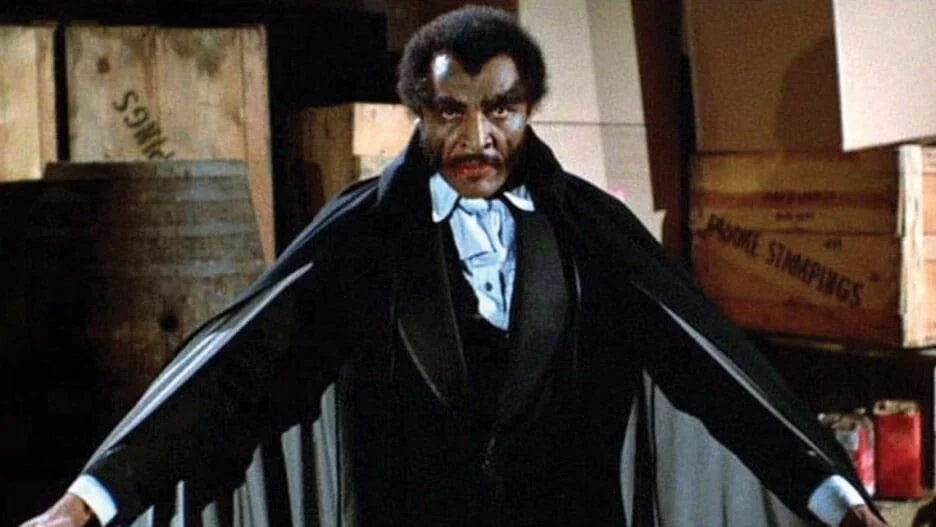Black vampires and Magical Realism
Vampires are traditionally white monsters. They are known for their pale skin, which contrasts with the red blood they drink. What would happen if a black person were bitten? Would the melanin in their skin protect them from the sun? Would they more resemble a monster from a traditionally black culture? This is a question asked and speculated about in many magical realism stories. Magical realism is a type of story that takes a traditional horror trope and adjusts it to fit in a certain culture, and in this post I will focus on two ways black creatives have inserted black folks into vampire stories (Soucouyants and Black Vampires), and how they utilize these tropes to explore modern issues.
A soucouyant is a sort of vampire creature from Caribbean culture. They are traditionally female demons that shed their skin at night to drink the blood of humans, specifically babies. They were originally most likely created as explanations as to why infants may die in their sleep, but modern short stories like “Loneliness is in Your Blood” and “Greedy Choke Puppy” use them to explore other issues. “Loneliness is in Your Blood” uses the monster’s near immortality to explore the concept of isolation, a common theme in black horror storytelling. On the other hand, “Greedy Choke Puppy” utilizes the traditional aspect of the monster to tell a story about generational trauma and the role of secrets in that trauma.
Black vampires emerged in Hollywood in the 70s, at the peak of the blaxploitation era. By the name, Blacula sounds like a cheesy ripoff of the Dracula story, but it is so much more than that. It opens with the image of an African prince attempting to end the slave trade, before he is bitten by Dracula and renamed “Blacula”. Throughout the rest of the film the “Blacula” trope is used to explore racial violence and retribution toward it. Ganja and Hess, made right after Blacula, was originally meant to be a cheap ripoff of the latter. However, the filmmakers went above and beyond and created a beautiful film that uses the thirst for blood as a metaphor for addiction.
Magical realism is a wonderful way to make interesting metaphors for intensely real issues. It makes these stories more accessible to wider audiences and more entertaining than straight up realistic dramas. I personally love magical realism because it can be simultaneously fun and intense, realistic and fantastical.


